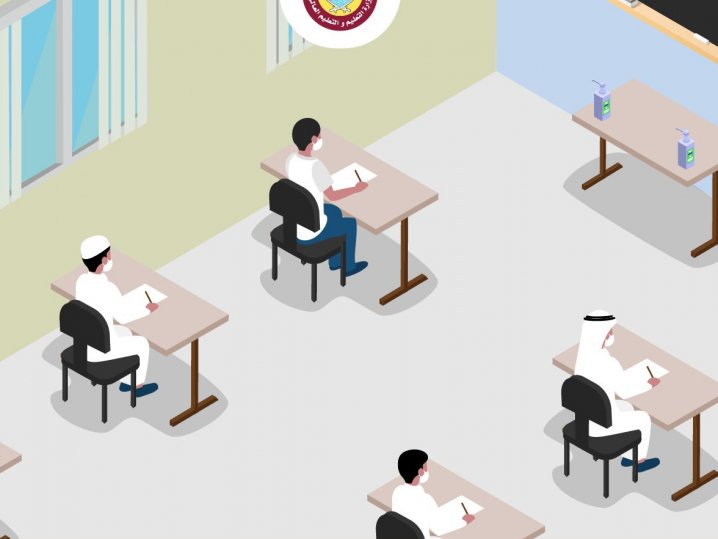
Doha: The bubble system recommended by the government can act as an effective preventative measure to help reduce the potential spread of COVID-19 within schools, said a senior health official.
“Maintaining distinct groups or ‘bubbles’ that do not mix makes it faster and easier in the event of a positive case to identify who needs to self-isolate and keeps as many children as possible in school,” said Dr. Jameela Alajmi, Senior Consultant Infectious Diseases, Executive Director Infection Prevention and Control at Hamad Medical Corporation (HMC). The Ministry of Education and Higher Education has already announced the bubble arrangement at schools as academic year 2021-22 starts tomorrow. “The bubble system will continuously be observed inside the classrooms and the entry and exit of students will be regulated to prevent overcrowding,” the Ministry had said in an earlier statement.
“The application of the bubble system to primary schools is usually more effective than the application of social distancing among students and this is due to a variety of reasons. For example, children struggle to separate at an early age; primary schools are also smaller in size making it easier to implement the bubble system. The bubbles should ideally contain up to 8 children and no more than 16 children in each group,” Dr. Alajmi told The Peninsula.
Schools in Qatar continue to apply all precautionary measures including disinfecting surfaces, wearing masks, maintaining distance, washing hands or using hand sanitiser, and avoiding sharing food.
Yet, with increasing numbers of COVID -19 cases worldwide, protection from exposure to the virus remains essential in school settings.
Schools will contain a mixture of vaccinated and unvaccinated students.
“So (there is) the risk of catching infection through direct person-to-person contact, taken into account that some with the virus can transmit the virus before they even know they have it. So for these reasons, the Ministry of Public Health recommends mask-wearing for all students, teachers, staff, and school visitors regardless of vaccination status,” said Dr. Alajmi.
She also highlighted that in case a student or staff member tests positive for COVID-19 and the school is notified, the school administration should notify close contacts (and families of close contacts in the school setting) of exposure, in accordance with applicable privacy and other law.
“Students, staff, and educators who have been in close contact with someone who has COVID-19 should receive diagnostic testing and should begin quarantine,” she said.
However, exceptions include someone who has been fully vaccinated and shows no symptoms of COVID-19. Such a person does not need to quarantine but should be tested 3-5 days following a known exposure to someone with confirmed COVID-19.
Any close contact who tests positive for COVID-19 or who has symptoms should begin isolation regardless of vaccination status or prior infection.
Dr. Alajmi emphasised that children may feel nervous or reluctant to return to school especially if they have been learning at home for months.
“Parents should have an open conversation with their children about what is worrying them.
“Talk to them about some of the changes they may expect at school, such as needing to wear masks and keeping a distance from their friends and teachers,” she said.
